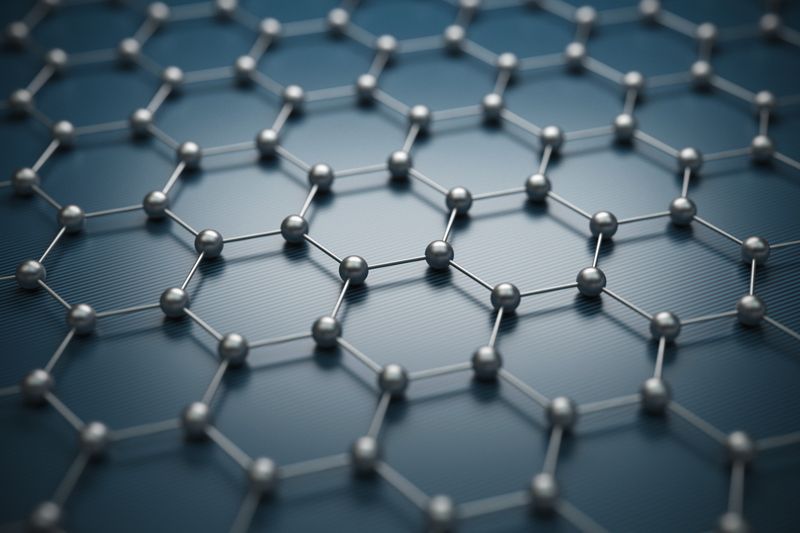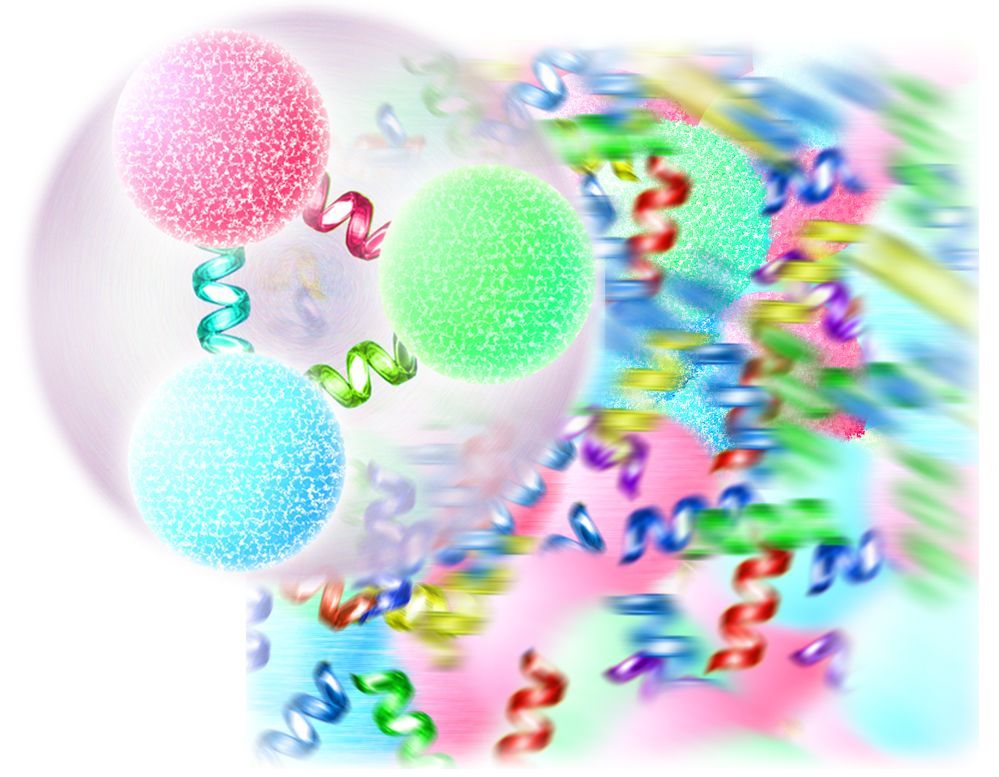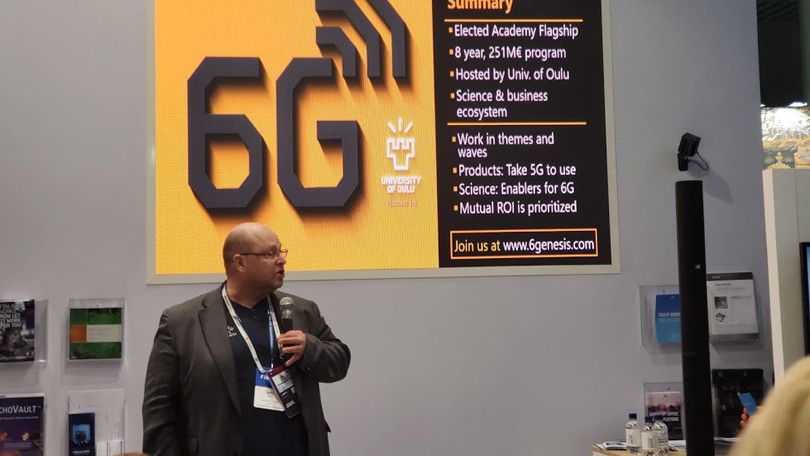Apr 22, 2019
Defying the laws of physics? Engineers demonstrate bubbles of sand
Posted by Genevieve Klien in categories: engineering, particle physics
The flow of granular materials, such as sand and catalytic particles used in chemical reactors, and enables a wide range of natural phenomena, from mudslides to volcanos, as well as a broad array of industrial processes, from pharmaceutical production to carbon capture. While the motion and mixing of granular matter often display striking similarities to liquids, as in moving sand dunes, avalanches, and quicksand, the physics underlying granular flows is not as well-understood as liquid flows.
Now, a recent discovery by Chris Boyce, assistant professor of chemical engineering at Columbia Engineering, explains a new family of gravitational instabilities in granular particles of different densities that are driven by a gas-channeling mechanism not seen in fluids. In collaboration with Energy and Engineering Science Professor Christoph Müller’s group at ETH Zurich, Boyce’s team observed an unexpected Rayleigh-Taylor (R-T)-like instability in which lighter grains rise through heavier grains in the form of “fingers” and “granular bubbles.” R-T instabilities, which are produced by the interactions of two fluids of different densities that do not mix—oil and water, for example—because the lighter fluid pushes aside the heavier one, have not been seen between two dry granular materials.
The study, published today in the Proceedings of the National Academy of Sciences, is the first to demonstrate that “bubbles” of lighter sand form and rise through heavier sand when the two types of sand are subject to vertical vibration and upward gas flow, similar to the bubbles that form and rise in lava lamps. The team found that, just as air and oil bubbles rise in water because they are lighter than water and do not want to mix with it, bubbles of light sand rise through heavier sand even though two types of sand like to mix.
Continue reading “Defying the laws of physics? Engineers demonstrate bubbles of sand” »

















